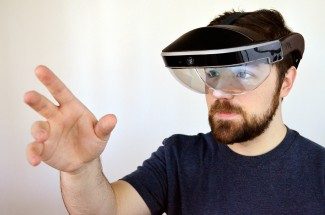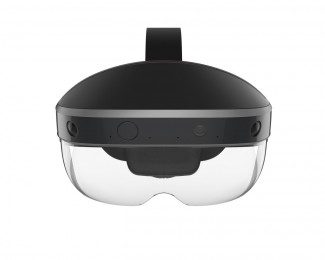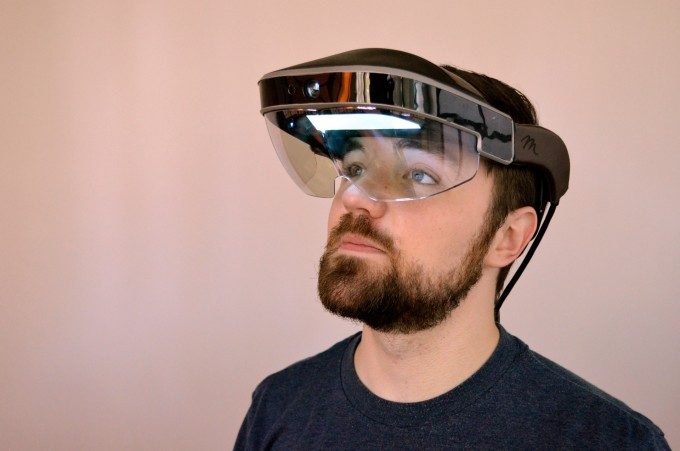On Monday, Meta, the company building AR HMDs that allow the wearer to manipulate holographic objects within the wearer’s visual field and the headset’s field of view (90 degrees, in the Meta II), among other things, announced that it’s raised $50M in Series B funding.
The money comes from investors Horizons Ventures Limited, Banyan Capital, Comcast Ventures, GQY and Tencent and represents a significant show of faith in the company and its products: it’s competitors, namely Microsoft’s Hololens and Google-backed Magic Leap, are already well-funded, to say the least.


Road to VR’s Ben Lang demoed an apparently unfinished version of the Meta 2 development kit and stated, in the article title no less, that it “could do for augmented reality what Rift DK1 did for virtual reality.” That is, he praised the Meta 2 kit for what it was and acknowledged its shortcomings, but more importantly he praised the Meta 2 for what its successes and shortcomings imply about the future of consumer-oriented augmented reality and investment.
Four short months later and Meta have secured enough funding to begin developing the Meta 3, a dedicated Meta app and other augmented reality hardware and software. Meta have perhaps now secured enough funding to continue developing devices capable of convincing investors that the technology and market for consumer augmented reality exist.
Meta’s press release for its funding milestone notably emphasizes its “neuroscience-based interface design approach” describes the Meta 2’s “unique neuroscience-driven interface design principles.” Neither statement precedes or follows an explanation of precisely what the design approach and principles consist of, constitute, enable or replace. Whether Meta ultimately will succeed in applying neuroscientific research with an augmented reality headset is as yet undetermined. One imagines some chunk of its new investment capital will go toward further developing and integrating its design approach.
The Meta 2 development kit is currently available for preorder for $949; it will ship Q3 2016.




